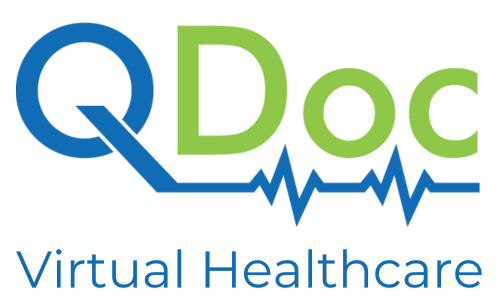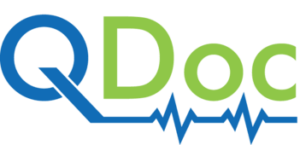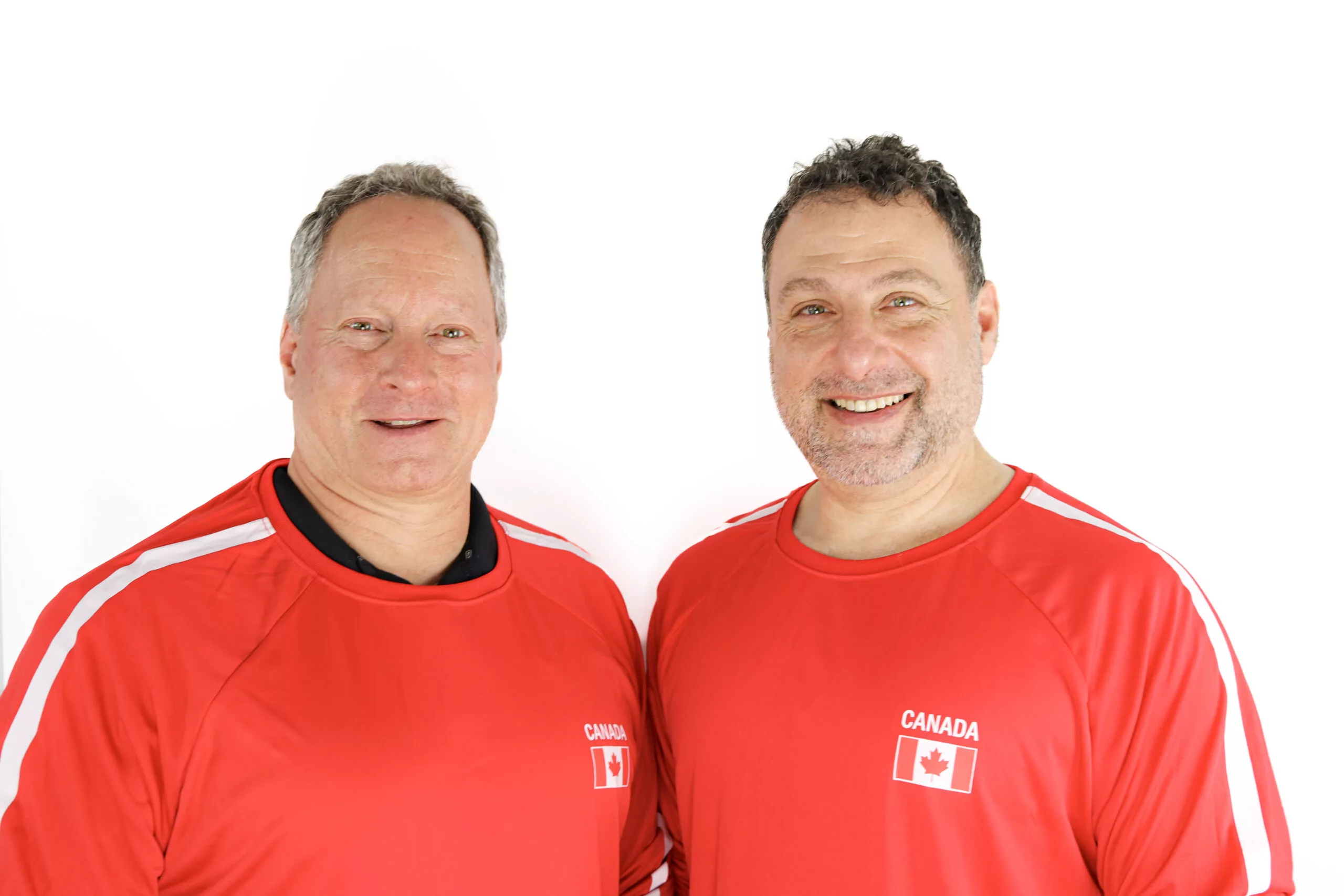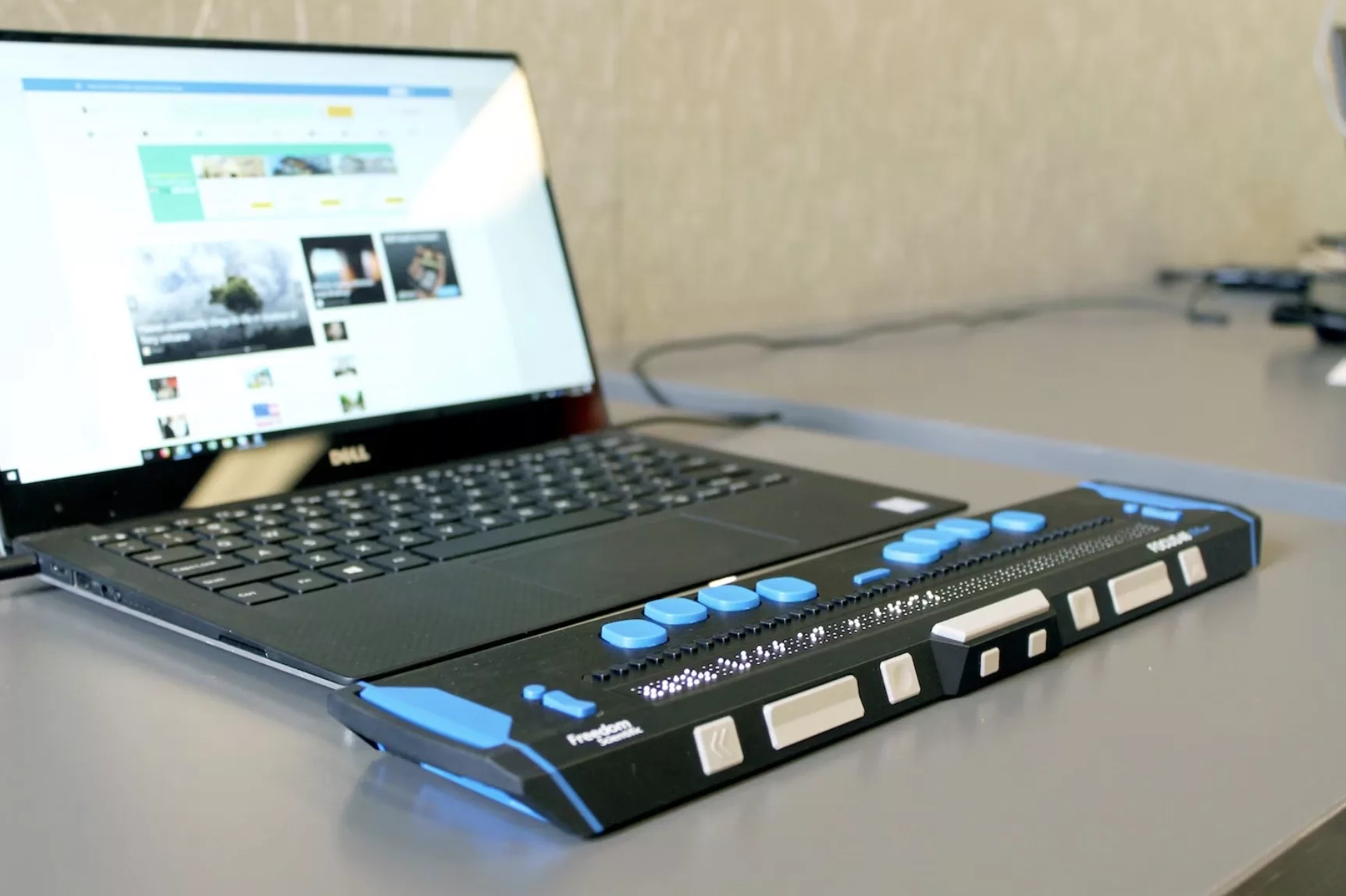Having the understanding with co-workers that you may not work the same way they work or how most people work. That sometimes, things take longer than normal, and it’s not intentional or being lazy. Being accepted for not being like everyone, that you have your own story to tell, and being respected for it. – MDS
Variation: Committing to inclusivity in the workplace should be an ongoing and evolving process at all workplaces. Consistent effort to provide a safe, comfortable, and respectful workplace goes a long way to show this commitment to people who work there and to guests. This article was created to remind everyone, worker and workplace alike, that we are all people who need to be included and what we can do to ensure that no one is left behind.
What is a Disability?
A disability is any condition of the mind or body that can impact someone’s day-to-day life and tasks. Disabilities are very diverse and affect people in many different ways. Some disabilities are permanent, while others are temporary from an injury, illness, or other situation. Some are immediately noticeable, whereas others are harder to identify.
Workplace accessibility ensures that everyone has access to the proper accommodations to help them succeed and feel comfortable in their jobs. It involves continuously evaluating and adjusting policies, environments, and implementations to ensure all employees can do their duties without barriers.
It is crucial to build a disability-inclusive workplace and ensure that enough support is given to every individual. This will also promote a happier and healthier work culture by showing that everyone is appreciated and respected. Here are some best practices and common ways employers are working towards the goal of fully accessible workplaces.
Ways to Enhance Accessibility and Inclusion in the Workplace
Promote genuine communication and trust
It’s important for employees to feel safe and heard so they can openly discuss the areas they may need accommodations for at work. Ensuring regular one-on-one check-ins that can be scheduled or performed on an as-needed basis helps employees feel they need them is very beneficial. These conversations help to stay on track with how to help everyone succeed in the ways they need.
Having genuine and sincere conversations ensures that employees are supported and cared about in ways other than their performance and that their comfort, well-being, and health are all a large priority.
Some people are uncomfortable talking about their feelings or needs, even when the work environment is healthy and caring. Sometimes it is a good idea to allow anonymous feedback, such as a survey, or a less direct conversation, such as a text message, email, or call.




